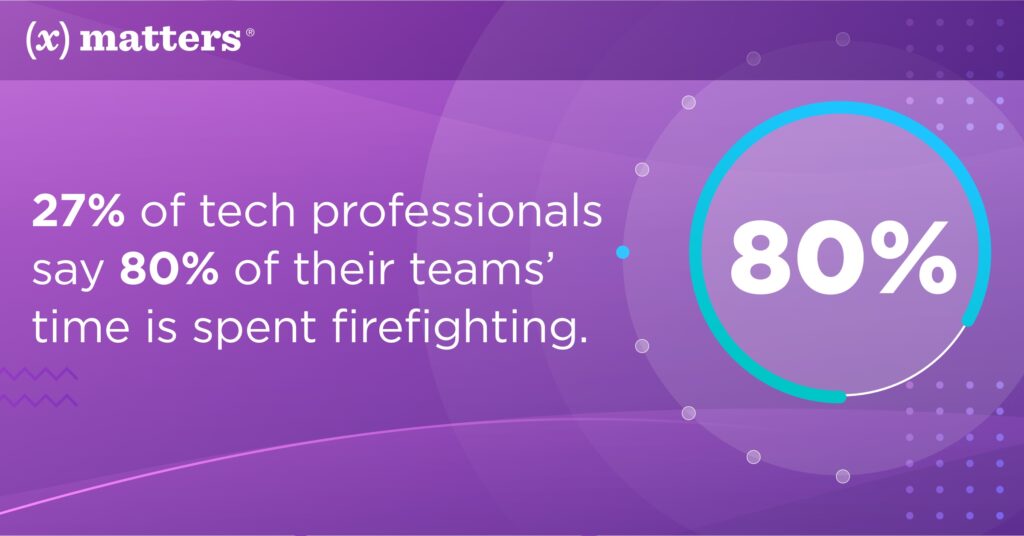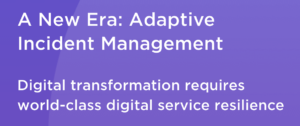Continuous Feedback: Riding the Adaptive Value Stream

We technology professionals are intimately familiar with the concept of value stream mapping to ensure we use lean work management styles. From the days of the Toyota production system to modern DevOps digital transformation, the smooth transition of work from one ‘work center’ to the next – in the minimum time, with as few queues or buffers as possible – has been an admirable goal. The analogy of the ‘stream’ fits well with the idea of riding the flow from the start point to the end point.
However, there’s some bad news: this thinking is out of date!
You might think of a value stream as though we’re kayaking down a river. We’re always traveling downstream, dealing with changing speeds or depth, and the occasional rapids. However, as much as this analogy plays well to the concept of flow, it doesn’t translate well to the concept of feedback.
Feedback and Flow
If we’re riding the rapids in our kayak and suddenly hit a rock, we get to the banks, patch up our craft, and then immediately set out into water from the point we left off. But in the technology world, we often need to reset ourselves back a little to ‘re-run’ that section of the rapids to help ensure that the next kayak gets it right.
To stretch the analogy further, if we get to the end of our journey and find that something wasn’t correct, we might have to head right back to the beginning to ensure quality – and maybe even stop all the other kayaks until we get it right. What a disruption!

Many technology teams spend 80% of their time firefighting. Read the survey
But how can we keep others aware of the conditions downstream? It’s not realistic to think we can talk on the phone if we need to keep our hands on the paddle so we can drive our craft forward. Some automated feedback sure would come in handy.
So how do we get back ‘upstream’? We use defect management and incident management, which typically means working hard against the current, or even manually getting out of the stream (halting forward progress) and walking back with all our gear. These are our constraints, but surely this can’t be the most efficient way for us to operate our feedback. Would it not be better to find a way to adapt to our changing circumstances?
In a survey we conducted in April on automation in incident management, more than a quarter of technology professionals said their teams spend more than 80% of their time resolving incidents. How are our kayaks going to run and continue making progress if crews are managing incidents all the time?
What if we could get other kayak crews to automatically receive our feedback so they can take corrective action without suffering ‘rafting downtime.’ Then they could be truly adaptive, altering their procedures as circumstances change.
Orchestrating and Automating Feedback
How we manage incidents exposes the restrictions we face when trying to provide useful feedback. In a recent talk I gave at a Unicom DevOps seminar entitled “Are You Orchestrating Your Feedback?” I highlighted the key constraints to feedback (for technology, of course). You can get the major ideas from my appearance on the Vivit Talks podcast.
To remove or mitigate these constraints we need to be more adaptive. For each of our constraints, respectively, this means:
At xMatters, we call this adaptive incident management, and we see the need – and the opportunity – to modernize the value stream and our methods of working. It’s time to adapt our continuous feedback loops to amplify, deliver, and improve our value stream.
The new xMatters Incident Console shows a live view of an incident as it evolves through its lifecycle, including incident status and severity, notified and engaged responders, associated collaboration channels, and roles. Specific incident views and status reports offer additional insights.
For more information on how xMatters can provide you with a leaner adaptive incident management solution, contact us now and open a free account.

